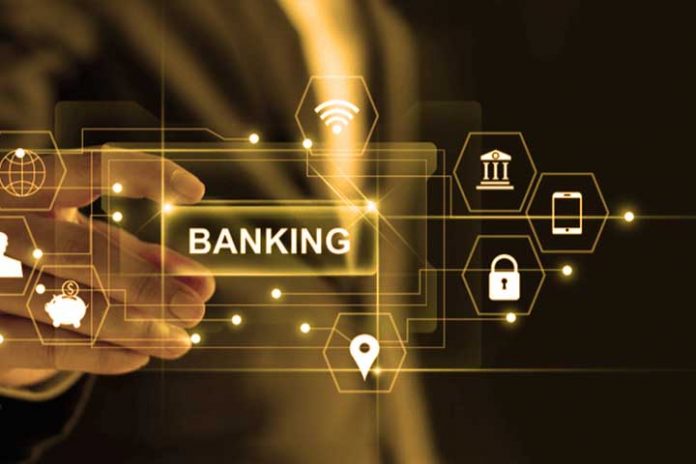In 2021 the banking industry underwent many changes worldwide: reorganization of infrastructures, initiatives to group ATMs and an intense public debate about access to cash, especially in depopulated areas.
Traditional organizations are striving for their digital transformation, and the competition born in exclusively digital contexts is fighting for their piece of the pie.
By 2022 we will undoubtedly see how these trends will continue and become more pronounced and others such as the consolidation of virtual banking, contactless payments, and security concerns for both the user and the entity itself.
Cash a necessity for many users
Although there was a decline in the use of cash at the beginning of the pandemic, for obvious reasons, in recent months, we have seen a resurgence in the amount of cash circulating through ATM networks internationally.
Demand is high, especially in rural and more isolated areas. Although contactless payment is already the preferred option for many people, it is mainly for smaller payments, so it probably will not significantly impact the demand for cash next year.
Furthermore, while it is true that there has been a massive push for online-only banking and mobile apps in recent years, it is also true that many users still prefer experiences with a human touch.
And all this at the same time that the number of ATMs and branches is decreasing: mergers and acquisitions and the rationalization of resources and costs for banks mean that, in many cases, it is not efficient to maintain so many active contact points.
Access and security, keys to the banking industry by 2022
Entities have to adapt, put their customers at the centre and allow them to access their money and banking services in the way they prefer, be it remote or in person, at the time they like or in the place they live.
To do this, they have to rationalize their access points, yes, but also invest in an ever-increasing capillarity, which does not have to be exclusive if they join forces with the appropriate technological solutions and adopt models such as the grouping of ATMs (and their management by third parties) or the evolution of the ATM as a central point of contact, with more and more efficient services. Financial institutions must invest in technology and alternatives to avoid losing connection with those customers who are ultimately their mainstay.
Overall, they will need to design a next-generation branch network that is sustainable and profitable and digital, remote, and customer-facing. They will need to provide access to banking services 24/7, and they can do so by leveraging advanced assisted self-services and new technologies – including video banking, artificial intelligence and branch automation solutions – and by At the same time, they will help them reduce the costs of running a branch by up to 40%.
This evolution indeed carries a cost, and entities must ‘do the math’ and find a way to remain profitable while offering their customers the experiences they want.
Bank security ahead
Let us not forget that the massive use of technology, especially in financial services, is not without risks. On the one hand, there would be security in the banks’ internal environments (malicious attacks, phishing), which must be carefully monitored;
And on the other hand, access to virtual banking from customers’ homes opens a new opportunity for cybercriminals, since distributed terminals (including laptops, smartphones and Internet of things devices) represent a risk of constant security for both individuals and financial institutions and act as ideal “entry points” for cybercriminals. Entities must attend to all this to guarantee the security of their assets and, therefore, of their clients.
In the next 12 months, with the right technology resources, banks can adapt their infrastructures while continuing to provide essential banking services remotely, including account opening and management, bill payments, and loan applications. Especially for communities (population groups that, by age or geographical area), are at risk of not having sufficient banking services.
Having ATM software and infrastructure that enables seamless alignment with current and future needs will be imperative for banking today and in the future, and digital self-service banking, or ever smarter ATMs, will be at the heart of ATM initiatives. Transformation of branches.

